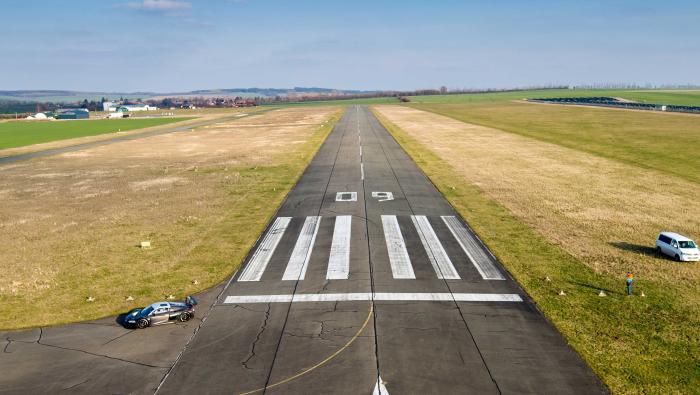In an unusual “payment by results” contract, the Malaysian government has turned to a young American company that specializes in high-tech seabed exploration to resume the search for Malaysia Airlines Flight MH370 starting January 21. The contract calls for Ocean Infinity to earn up to $70 million, depending on the size of the area that it searches. The Malaysian Airlines Boeing 777 vanished March 8, 2014, while flying from Kuala Lumpur to Beijing with 239 people on board.
Ocean Infinity plans to begin its search in a 9,600-sq-mi area determined by additional research sponsored by the Australian Transportation Safety Board (ATSB). The search will occur farther north and in a wider area than the two-year search of 46,300 sq mi that ended in January 2017. If Ocean Infinity does not find the debris field in that area, it will continue searching northeast along the so-called seventh arc, in the Indian Ocean off western Australia. The aircraft likely ran out of fuel along that arc, where the last "handshake" occurred between the airliner and an Inmarsat ground station in Perth, via its satellite over the Indian Ocean. All other contact with MH370 had ceased hours earlier.
Plans call for Ocean Infinity to concurrently deploy up to eight multi-sensor, untethered autonomous underwater vehicles (AUVs) made by Kongsberg Marine, from a host ship leased from Norwegian company Swire Seabed. Unmanned surface vessels (USVs) also play a part of the operation. The AUVs will search 460 sq mi per day at depths up to nearly 20,000 feet, or 10 times the rate achieved by the previous search and nearly 5,000 feet deeper. “Whilst there can be no guarantees of locating the aircraft, we believe our system of multiple autonomous vehicles working simultaneously is well suited to the task at hand,” said Oliver Plunkett, CEO of Ocean Infinity.
Don Thompson, a member of The Independent Group of volunteer engineers and scientists who have advised the authorities investigating the disappearance, said he thinks that the new search has “at least a 70 percent chance” of finding the wreckage of MH370. The chances increase the farther north that the search extends, he told AIN.
The ATSB has concluded that the Boeing 777 made a steep final descent toward the ocean, although it still hasn’t determined whether or not it broke up before impact. So far authorities have recovered 27 pieces of aircraft wreckage from beaches in East Africa, La Reunion, Madagascar, and Mauritius, most of which likely came from MH370, including the right flaperon and the immediately adjacent section of the outboard flap.
The ATSB has worked with oceanographers who performed drift analysis, and geospatial analysts who examined satellite imagery of possible wreckage on the ocean surface, to help define the new search area. But continuing doubt about when, and where exactly over the Andaman Sea, the airliner made its final turn towards the Indian Ocean, means that there is still no guarantee of success. If the turn happened later, then the wreckage of MH370 could lie on the seabed farther north along the seventh arc.






